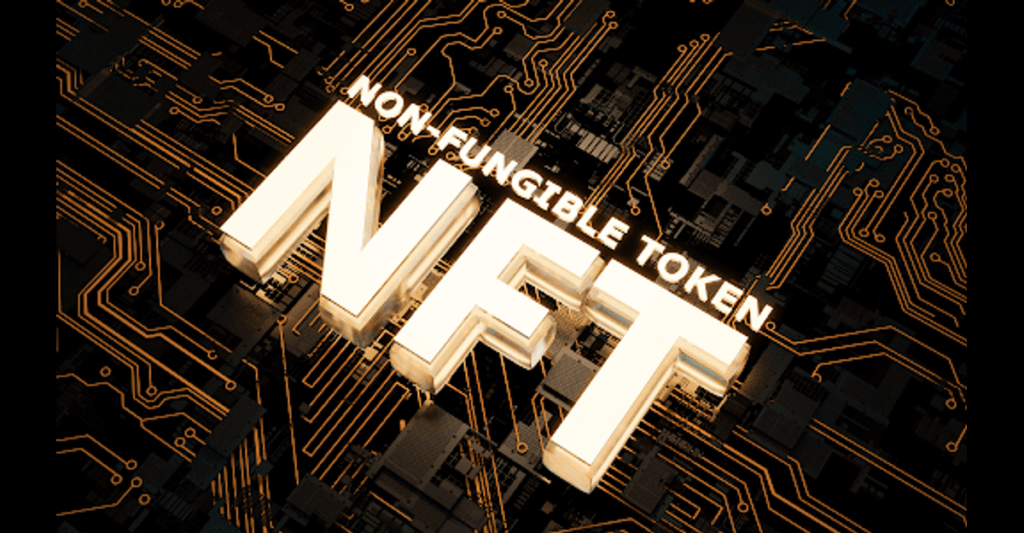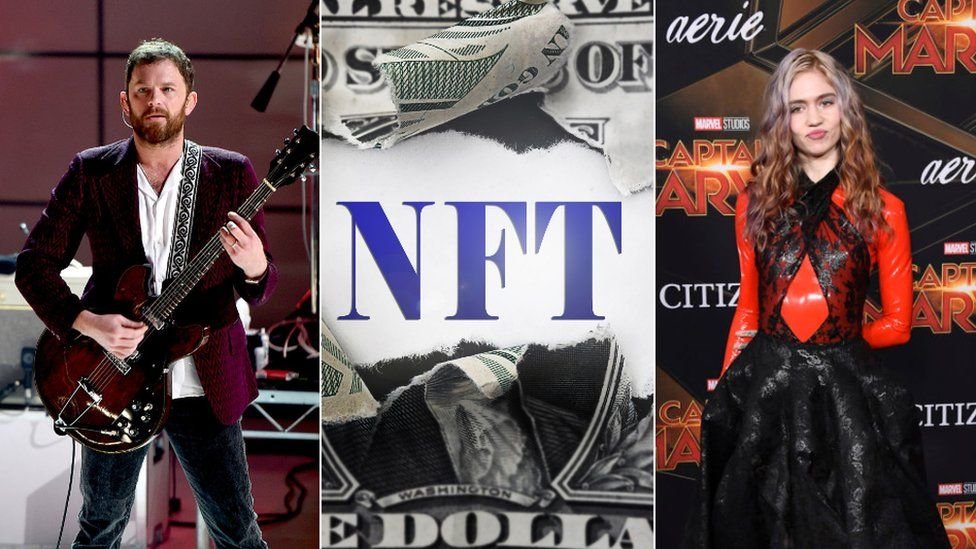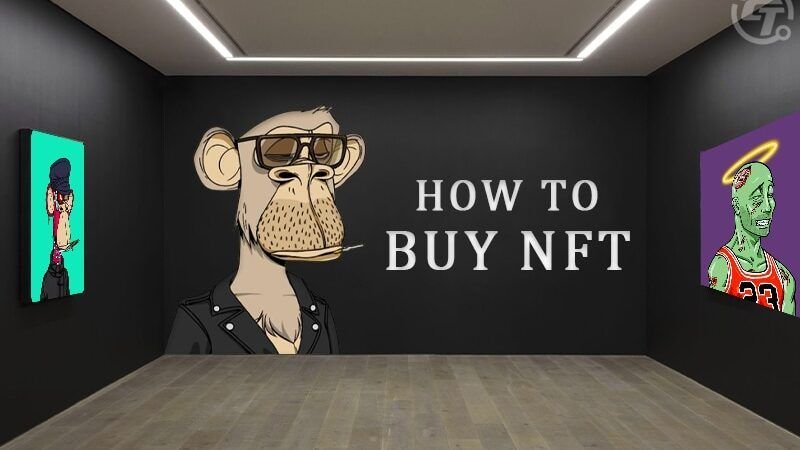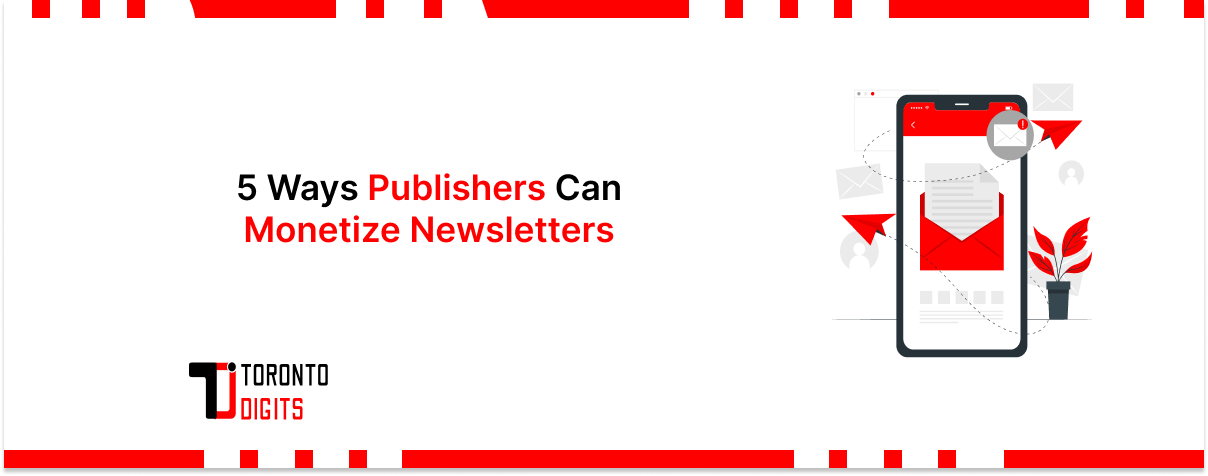NFTs, or Non-Fungible Tokens, first gained attention in 2014 when Kevin McCoy and Anil Dash created the first NFT. Over the years, they have evolved from a niche concept into a mainstream phenomenon, influencing various sectors like art, gaming, and digital assets. In 2024, NFTs are more than just digital collectibles; they represent ownership, exclusivity, and a new way of interacting with the digital economy.
What is an NFT?
An NFT, short for Non-Fungible Token, is a digital asset that represents ownership of a unique item or piece of content. The term “non-fungible” means that each NFT has a distinct value and cannot be exchanged on a one-to-one basis like cryptocurrencies (e.g., Bitcoin or Ethereum). They are essentially digital certificates of authenticity stored on a blockchain, which ensures that each token is unique and verifiable.
NFTs can take many forms, such as artwork, music, videos, virtual items in games, or even tweets. The uniqueness of NFTs is derived from their metadata, which is stored on the blockchain. This metadata makes each NFT distinct, providing information about its creation, ownership, and transaction history.
For example, Bitcoin is fungible. You can trade one bitcoin for another and have the same thing. However, a one-of-a-kind trading card, for example, is non-fungible meaning that if you took the one-of-a-kind trading card and traded it for a different one, you’d have something different. So, we now know that an NFT is simply a unique asset that is not like anything else.

How do NFTs work?
NFTs operate using blockchain technology, with Ethereum being the most commonly used platform. However, other blockchains like Solana, Binance Smart Chain, and Flow are also gaining popularity due to their lower transaction fees and faster processing times.
When an NFT is created, or “minted,” it is recorded on the blockchain as a digital asset with a specific address and metadata. Each transaction, such as a sale or transfer of ownership, is updated on the blockchain, ensuring transparency and security. Smart contracts, which are self-executing contracts with the terms of the agreement written directly into code, are often used in NFTs to manage royalties and automate future transactions.
How Much Value Does an NFT Have?
The value of NFTs is determined by a combination of factors, including:
- Verified Ownership: The blockchain’s transparency ensures that the ownership of an NFT can be easily verified. This traceability prevents unauthorized copying or theft, giving buyers confidence in their purchase.
- Scarcity: Limited availability often drives the value of NFTs. Creators can control the supply of their digital assets by minting only a certain number of tokens. Scarcity can make an NFT more desirable and valuable, much like a rare trading card or a limited-edition print.
- Utility: NFTs often have practical uses beyond being digital collectibles. They can be integrated into games as unique items, used as event tickets, or act as keys to exclusive digital communities. For example, owning certain NFTs might provide access to special events, content, or rewards within an online game.
- Ownership History: The provenance of an NFT can significantly influence its value. For example, an NFT that was created by a well-known artist or previously owned by a celebrity might be considered more valuable than one without such a history. This ownership trail adds to the NFT’s uniqueness and appeal.
The last reason that people value NFTs is because of ownership history. Certain artists and owners in the NFT space have inherent value. For example, a major player in the scene is Beeple. He’s one of the biggest artist names in all of the NFT scene and has sold some of his pieces for over 50 million dollars.

A large part of the reason that those artwork pieces have so much value is simply because people’s name is attached to them. It’s similar to a Picasso painting or a Van Gogh. You know that those pieces have a ton of value because of the artist that made them. Similarly, certain NFT founders, collectors, and artists have a lot of clouts and inherent value that they bring to the projects.
All right that was a lot and we’ve only covered a lot of reasons that NFTs have value and why people buy them but I’m not gonna go over every single reason. I think by now you get the idea that NFTs objectively do have at least some value.
Also Read: Adobe Buying Figma in 2023- An Exciting News for Users
Future of NFTs
As we move through 2024, NFTs are transforming beyond their initial role as digital art pieces or collectibles. They are increasingly being used in industries such as gaming, virtual reality, and real estate. For instance, in the gaming industry, NFTs enable players to own in-game assets that they can trade or sell outside of the game’s ecosystem. This shift is creating new ways for players to monetize their gaming experiences.
The concept of the metaverse—virtual worlds where users can interact, socialize, and engage in commerce—relies heavily on NFTs. Virtual real estate, wearable items for avatars, and other digital assets in these metaverse environments are often represented as NFTs, which can be bought, sold, or traded on NFT marketplaces.
Looking forward, the utility of NFTs is expected to expand into areas like intellectual property, identity verification, and supply chain management. These applications could streamline transactions, enhance security, and reduce the potential for fraud in various industries.
How to Buy an NFT?

One of the most popular platforms for buying an NFT is OPENC. The most popular Blockchain at the moment is Ethereum and before you go and purchase anything, you need to set up a digital wallet first. And some experts highly recommend using MetaMask for this purpose.
Let’s see how to set one up. To get a MetaMask account it’s quite simple. Go to metamask.io. Go ahead onto their website and click download now. Also, you can have this as a Chrome extension or on mobile, on iOS, or Android but if you are doing most purchases, mints, or buying new NFTs, it’s probably best to have the Chrome extension and do it on a desktop.
As the mobile apps on a lot of websites right now connecting with mobile metamask is not the best experience you can also install it on Firefox if you use that if you use edge. Install MetaMask on Chrome. Click Add to Chrome>Add the extension. Once, you’ve added it, you can click Get Started. And this is where you’re going to want to set up a new wallet.
If you don’t already have one, click on Create a Wallet button. And then you click agree. Create a password. The next step, here is critically important so pay attention you can click next here. After it, you’ll get your secret recovery phrase. Do not show that phrase to anybody else. I would also never show that phrase to anyone else. Because this is your only backup for your account.
If anyone else gets access to the phrase on your wallet, they will have access to all the funds in your wallet at any time. So, what you want to do here is take that phrase. Don’t screenshot it, don’t take a picture of it, and also don’t save it on a Word document. Write it down on a couple of pieces of paper. And I said a couple not just one. Because if you lose this, you lose your account forever.
Click next so go ahead and put the recovery phrase in order and just write it down as it is. Once you put it in correctly, click confirm. And there we are there is our MetaMask wallet.
Now there are a couple of things to walk through there because you’ll be using Ethereum. The good thing is that MetaMask is already set to the Ethereum main net. So, you don’t have to worry about changing the blockchain that you’re on. If you want to go ahead and change your account name, you can click on account details. Go to name your wallet whatever, you want to name it. You’ll also get your QR code there.
So that, if anyone wants to send you payments, you can just send them a screenshot of this. They can scan your QR code and send you payments directly to your wallet or you can just copy your unique wallet address that will your unique wallet address. That money will come into your MetaMask account.
Now, you’ve set up your MetaMask account. Ye can come over to your Chrome extensions and you’ll see MetaMask under your extensions. I would recommend pinning it to your extension tab. So, you always have it easily accessible.
Just go to any of your favorite projects. When you are done selecting one, buy that and you’ll see the page on OPENC that looks like for pretty much NFT you’re gonna buy on the platform. Simply, click Buy Now, and then you’ll have to connect your MetaMask wallet to Openc. Once you click meta mask, it’ll open up a little window, and make sure you have that wallet address. Enter your wallet address and click Next. Then, click the Connect button, it’s going to connect Openc to your meta mask and now your wallet is connected to Openc.
So, click Buy Now again and it will bring you to the Buy page. You can see the price there in US Dollars. Now you know how to buy an NFT.
How to Create and Sell your own NFT?
Creating and selling NFTs has become a lucrative venture for artists, musicians, and content creators. Here’s how to do it:
Promote Your NFT: Successful NFT sales often depend on visibility. Promoting your NFT on social media, NFT forums, or collaborating with influencers can help attract more potential buyers.
Create Your Digital Asset: To create an NFT, you need a digital file—this could be an image, a video, an audio file, or any digital art form. The quality and originality of your digital asset can significantly influence its value.
Mint the NFT: Minting refers to the process of converting your digital asset into an NFT on the blockchain. You can mint your NFT on platforms like OpenSea, Rarible, or Mintable. During this process, you’ll set details like the name, description, and the number of copies you wish to create.
Choose Blockchain and Set Royalties: You will need to decide on the blockchain to mint your NFT (Ethereum, Binance Smart Chain, or others). You can also set a royalty percentage, which means you earn a portion of sales every time your NFT is resold in the future.
List for Sale: Once your NFT is minted, you can list it for sale on an NFT marketplace. You have the option to set a fixed price or opt for an auction-style listing where buyers can place bids.
Conclusion
NFTs have evolved significantly since their inception, playing a transformative role in digital culture and finance. They offer new opportunities for artists, gamers, and investors while providing innovative ways to prove ownership and authenticity in the digital world. Understanding the technology behind NFTs, their creation process, and their potential future applications is crucial for anyone looking to explore this exciting digital frontier.
Feel free to share your thoughts or ask any questions about NFTs in the comments below!




